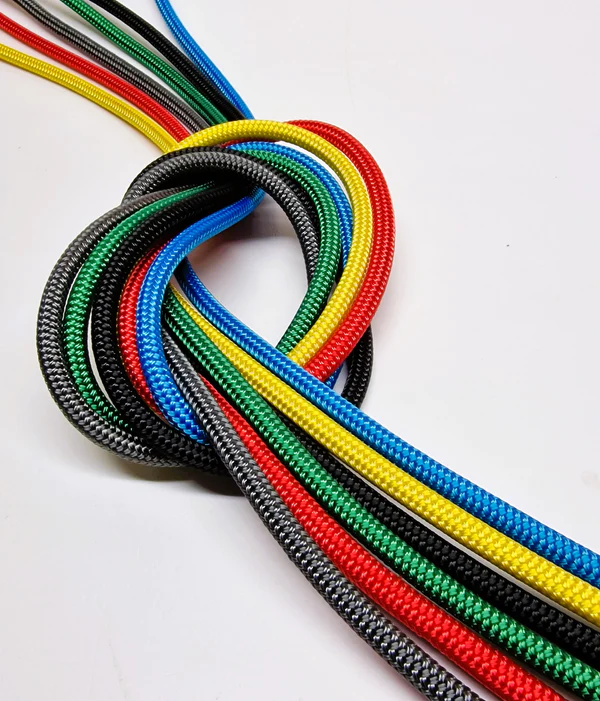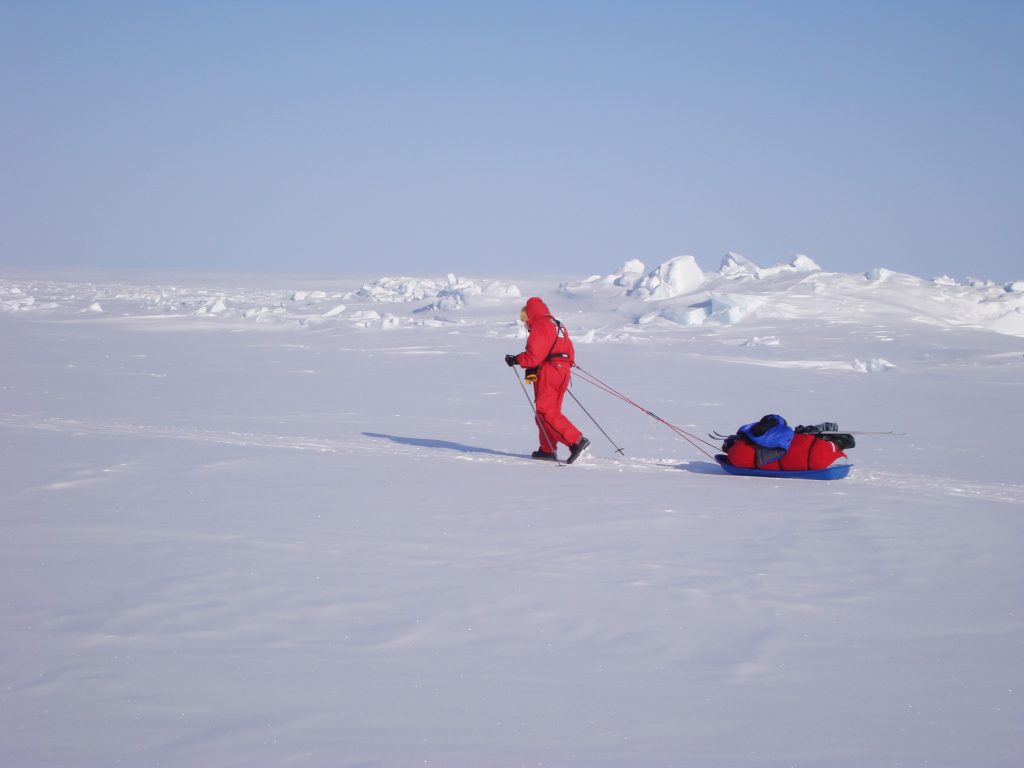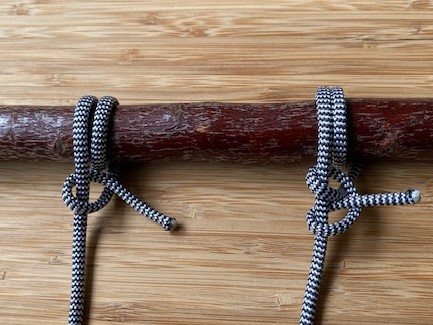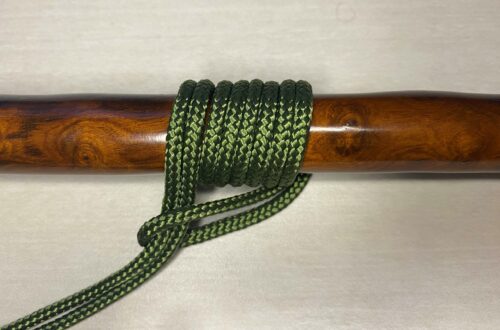
Strong and Versatile Cordage: Essential Ropes for Every Adventure
Cordage has endless potential uses…
It is a must-have for every adventure, from a day’s hiking or the rigours of long expeditions into the wilderness with all the necessary quality requirements – “Strength, Flexibility, Durability and Lightweight”.
There are so many versatile rope applications that will come in handy during family camping holiday, on a day’s hiking, sailing or out in the remote wilderness; on occasions it is the survivalist best pal….
Examples of Top Uses for Versatile Cordage
Shelter Construction: Cordage is essential for building and securing shelters, whether it’s tying down a tarp, lashing together branches for a lean-to, or creating a ridge line for a tent.
Camping and Hiking: From securing gear to your backpack, setting up clotheslines for drying clothes, or hanging food away from wildlife, cordage is a versatile tool for any camper or hiker.
Survival Situations: In emergency situations, cordage can be used for making traps, fishing lines, or even as a makeshift tourniquet.
Water Rescue and Crossing: Strong ropes are crucial for safely crossing rivers or creeks and can be used in rescue situations to pull someone to safety.
First Aid: Cordage can be used to create slings, splints, or even to secure bandages in place when traditional medical supplies are not available.
Climbing and Rappelling: High-strength ropes are used in climbing and rappelling to ensure safety when navigating steep terrains.
Boating and Canoeing: Ropes are used for tying down gear, anchoring, and even in rescue situations on the water.
DIY Projects: Cordage is useful for a variety of DIY projects, including creating custom gear like hammocks, slings, or nets.
Animal Handling: Ropes can be used for leading, tying up, or securing animals, whether on a farm, in the wilderness, or during transport.
Recreational Activities: From creating swings and rope bridges to setting up obstacle courses, cordage adds fun and functionality to outdoor activities.
Choosing the Best Rope for Your Adventure.
My personal cordage preference is Dyneema – I always carry a 50 m spool (weights 120g), diameter 1.8 mm with an average break load of 455 kg. It has a smooth and hard wearing polyester cover for easier handling and smoother running. Dyneema is lightweight, high strength, 15 times stronger than steel, yet floats on water and is also great against UV rays.
Paracord / Parachute cord was originally developed to act as suspension lines for parachutes used by airborne military units; it’s strong and resists abrasion; can shrink 5-10% by wetness and is relatively bulky.
Paracord 550 type 111: Diameter 4 mm. Tensile strength: 550 lbs.
Paracord 425 type 111: Diameter 3 mm. Tensile strength: 425 lbs

In 2009 when I walked 650km from Resolute Bay to the North Pole over frozen sea ice, hauling my pulk, loaded with a winter tent, food, fuel heating stoves, extra clothing, shovel, extra fuel, etc. I used a waist harness with a trace of Shock Cord (bungee cord) attached directly to the pulk.
A Paracord Bracelet, also known as a survival bracelet, is a woven bracelet made from paracord, a lightweight nylon rope originally used in parachute suspension lines. Paracord bracelets are popular among outdoor enthusiasts, survivalists, and military personnel due to their functionality and durability. These bracelets can be unraveled in emergency situations, providing a length of strong cord for various uses.
The Shock Cord did not freeze as most ropes do ; more importantly the elasticity of the trace saved my back from injury caused by the constant jarring especially when we encountered ice rubble fields stretching for most of the journey.
- Absorbs high shock loads
- Good abrasion resistance
- Good UV resistance
- High elasticity





